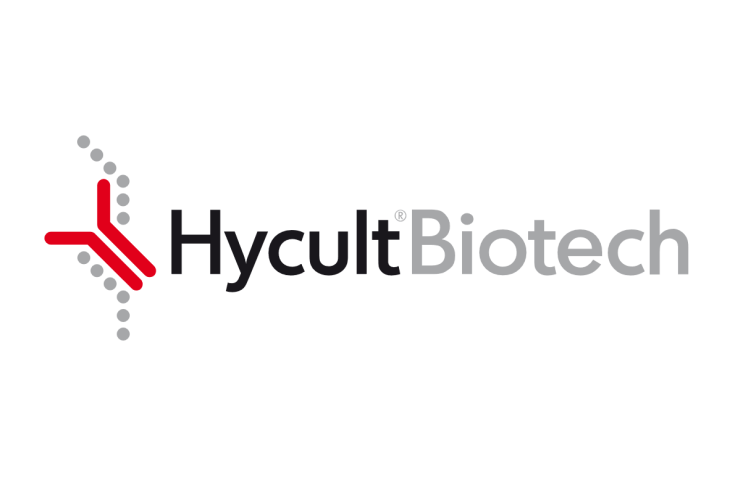ODN 2395 is a prototype of the class of CpG-C oligodeoxynucleotides (ODN) and is particularly effective at activating B- and NK cells and inducing IFN-alpha production in vitro of human peripheral blood mononuclear cells (PBMC). The vertebrate immune system has evolved innate immune defense pattern recognition receptors (PRRs) that detect unmethylated cytosine-phosphate-guanine (CpG) motifs within bacterial DNA. Cellular activation by CpG motifs occurs via the Toll signal pathway. The Toll-like receptor-9 (TLR9, CD289) appears to be a major component of the CpG-DNA receptor, acting by direct binding to CpG-DNA, which triggers the induction of cell signaling pathways including the mitogen activated protein kinase (MAPKs) and NFκB, leading to stimulation of various cells of the immune system. The human TLR9 is expressed in B cells and plasmacytoid dendritic cells (PDC). Mice also express TLR9 in the myeloid compartment. Optimal sequences for activating TLR9 vary among species. Synthetic ODN contain CpG-DNA motifs mimicking the immunostimulatory effects of bacterial DNA and can, therefore, be used as immunoprotective agents, vaccine adjuvants and anti-allergic agents. CpG ODN also affects immune tolerance and autoimmunity. Different classes of CpG ODN are characterized each with distinct effects on the immune response: CpG-A ('D'-type), CpG-B ('K'-type), and CpG-C. CpG-C ODN combines the immune effects of CpG-A and -B ODN since they induce strong B-cell activation comparable to CpG-B together with IFN-alpha secretion as CpG-A ODN. Furthermore NK cells isolated from peripheral blood and cultured with CpG-C ODN, in the presence of either IL-12 or IL-8, express higher levels of CD69 as compared to those stimulated with ether CpG-A or CpG-B ODN. Moreover, NK cells cultured with CpG-C ODN displayed higher cytolytic activity against tumor cell lines. In contrast to CpG-A, CpG-C ODN has a complete phosphorothioate (PS) backbone without poly-G motifs, but contains like CpG-A palindromic sequences combined with stimulatory CpG motifs. In vivo studies demonstrate that CpG-C are very potent Th1 adjuvants. Since CpG-C ODN combine the immune effects of both CpG-A and CpG-B, CpG-C might have broader immune therapeutic effects in different tumor types and infectious diseases in which a combination of A- and B-class ODN would be desirable. The prototype sequence of a CpG-C is the 22-mer ODN 2395 that is able to modulate the immune response in both human and mice. It has the following sequence: 5'-tcgtcgttttcggcgcgcgccg-3'. Regular letters represent PS linkage and bold letters represent CpG dinucleotides.
Do you have any questions about this product?
Order your product by email
Productname
CpG-C DNA (ODN 2395), Human/ Mouse
HC4041-200NMOL
By filling out this form, you are placing an order by e-mail. You will receive an order confirmation within one working day. The order cannot be modified after receipt of the order confirmation.
Request a sample
Productname
CpG-C DNA (ODN 2395), Human/ Mouse
HC4041-200NMOL
By filling out this form, you request a sample. You will receive an order confirmation within one working day. The order cannot be modified after receipt of the order confirmation.
Are you looking for specific products, alternatives or documentation?











